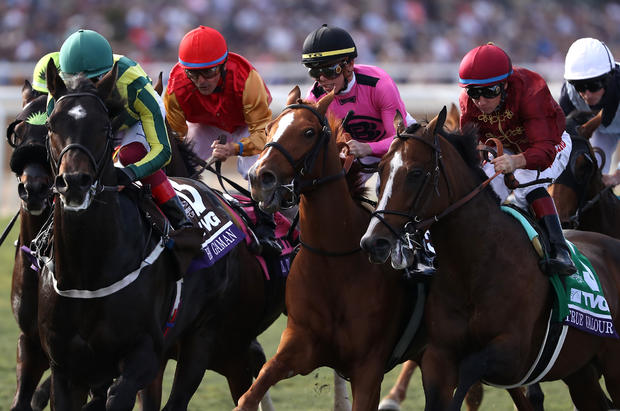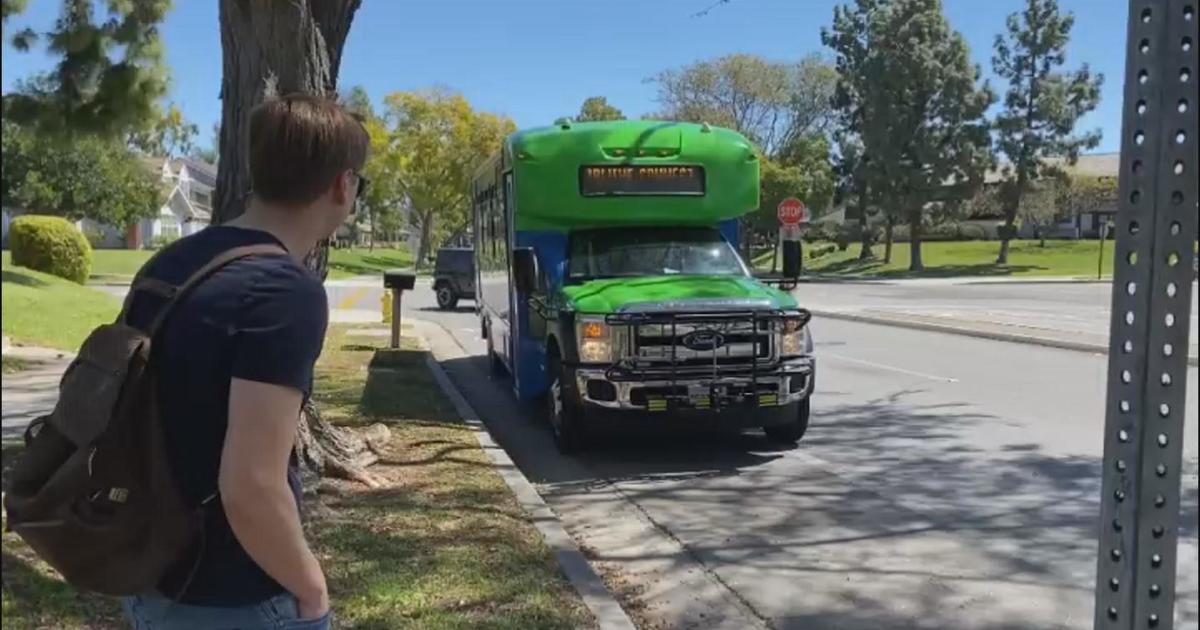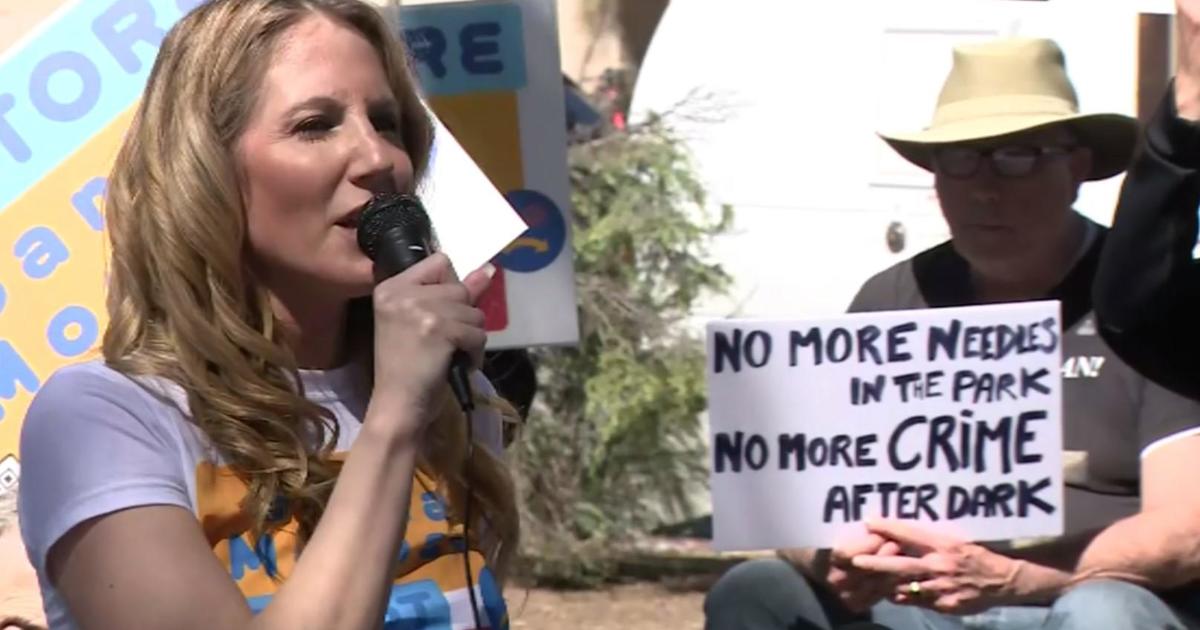Calif. Horse Racing Board Proposes New Regulations On Medications, Transparency
ARCADIA (CBSLA) – In the wake of 37 horse racing deaths over the past year at Santa Anita Park, the California Horse Racing Board has submitted a series of proposed regulations designed to eliminate medications from the sport, mitigate injuries and increase transparency.
At its Nov. 21 meeting in Del Mar, the CHRB outlined 16 new changes in response to a mandate from California Gov. Gavin Newsom. In June, Newsom signed a bill giving the CHRB the authority to halt racing at Santa Anita if it so chooses.
The proposed regulations include notifying the public of a positive drug test within 24 hours and making previously confidential veterinary records open to horse owners, veterinarians, trainers and jockeys. It calls for a ban on corticosteroids and protection for whistleblowers.
Furthermore, any horse placed on a "high-priority watch list" by the review panel would be prohibited from racing or training until it is removed from that list.
"The days of permissive medication are over," said Dr. Gregory Ferraro the new chairman of the CHRB, at Thursday's meeting. "We will gradually eliminate medications and keep them away from racing and training."
Earlier this month, Mongolian Groom sustained an injury in the Breeders' Cup Classic and became the 37th horse to die while racing or training at the track since December of 2018.
Racing at Santa Anita was temporarily suspended in February – following the 19th horse death — and again for most of March – following the 21st horse death — so experts could conduct testing on the park's three tracks – the main, training and turf tracks — to try and pinpoint the issue. None of the horse deaths have occurred on the training track.
In mid-March, Santa Anita officials announced a series of new measures to help bolster the safety of horses at the track, including restrictions on certain medications, requiring trainers to get permission in advance before putting a horse through a workout, and investing in diagnostic equipment to aid in the early detection of pre-existing conditions.
In April, Los Angeles County District Attorney Jackie Lacey announced the creation of a task force to investigate the deaths.
Santa Anita was mired in controversy again in September when the New York Times published a report alleging that 2018 Triple-Crown winner Justify had failed a drug test after the Santa Anita Derby, and the CHRB kept the test result secret. Prominent trainer Bob Baffert vehemently denied that Justify was intentionally given performance-enhancing drugs, instead saying that that the Scopolamine found in Justify's system after the horse won the Santa Anita Derby in April of 2018 was due to Jimson Weed in his feed.
Here is the full list of proposed changes:
1) Statutory change to make public any positive drug test within 24 hours of confirmation.
2) Statutory change to direct revenue from CHRB licensing and penalties (approximately $1 million annually) to welfare and safety measures.
3) Statutory change to make confidential veterinary records open to horse owners, practicing veterinarians, Official Veterinarians, and to some degree trainers and jockeys.
4) Require any horse placed on the high-priority watch list by the review panel to also be placed on the Veterinarian's List and prohibited from racing and training until removal
from that list by the Official Veterinarian.
5) Establish stricter criteria for removal from the Veterinarian's List, possibly to include digital scanning (e.g. MRI and PET-scan, both of which are being installed at Santa Anita).
6) Post weekly fatality reports on the CHRB website, which is currently being arranged. (A fatality report based on trainer records will be introduced in the upcoming CHRB annual report.)
7) Require the tracks to protect whistleblowers who report suspicious activity. (The CHRB currently has a hotline [800-805-7223] and website link to receive confidential reports.)
8) Prohibit racing and training on tracks that have been modified due to weather conditions.
(A similar condition will be in place for the upcoming meet at Santa Anita with exact details yet to be determined.)
9) Gradually prohibit/eliminate administration of corticosteroids.
10) Continue to research the desirability of synthetic surfaces.
11) Eliminate extracorporeal shock wave therapy. (The CHRB is currently moving a regulation that prohibits horses from racing within 30 days of receiving such treatment.)
12) Require submission of the most recent 30 days of medical reports for horses entered to race.
13) Explore stronger rule options to require trainers to comply with advice from veterinarians.
14) Continue to increase the use of out-of-competition (OOC) testing, which involves testing horses not yet entered to race, as opposed to the more widespread testing of post-race
samples. (The CHRB tested more than 2,500 OOC samples in the last fiscal year.)
15) Provide ongoing education for trainers and veterinarians on the risks of corticosteroids and certain other medications. (This will be part of a continuing education program.)
16) Review penalty guidelines.




